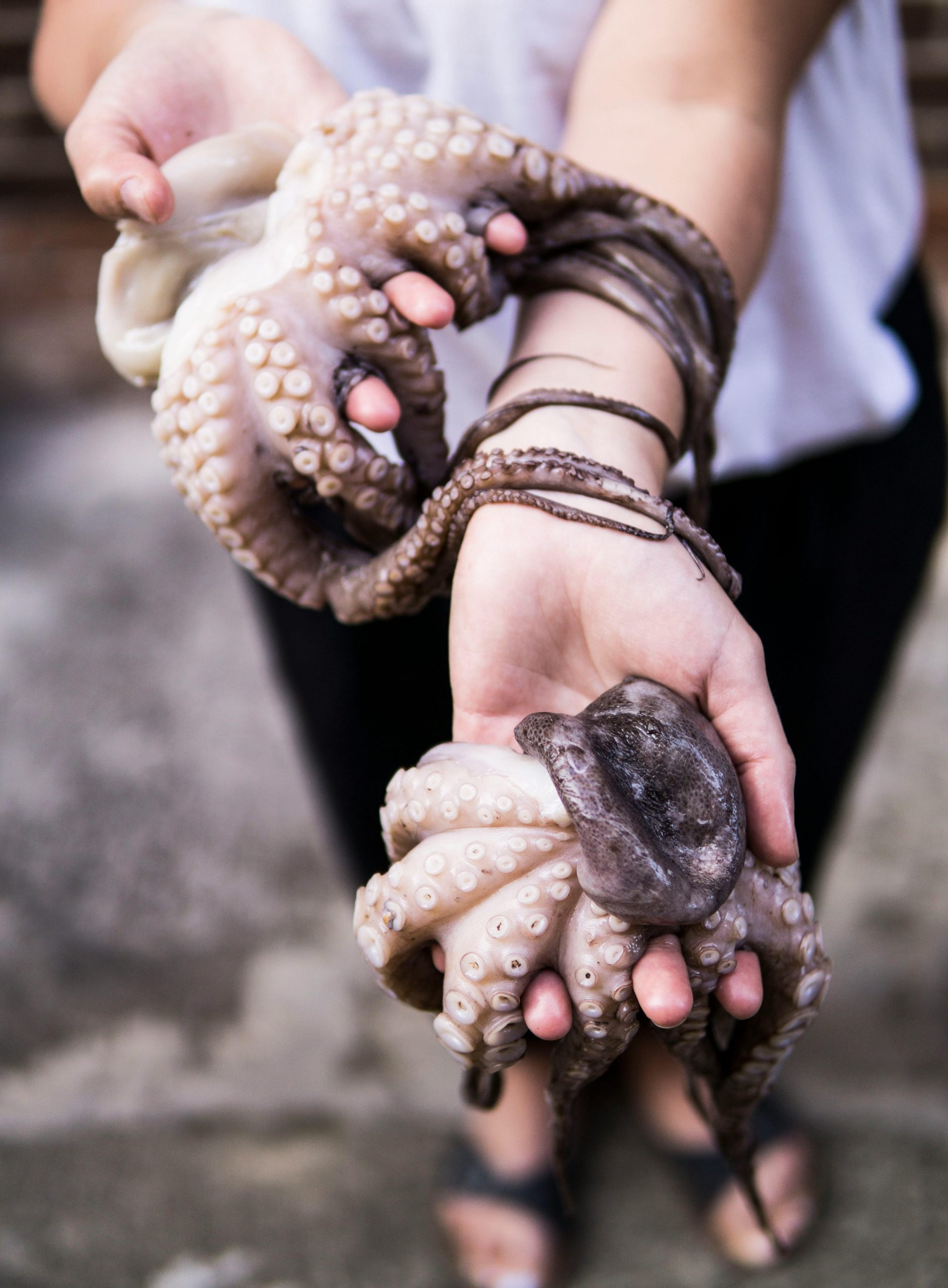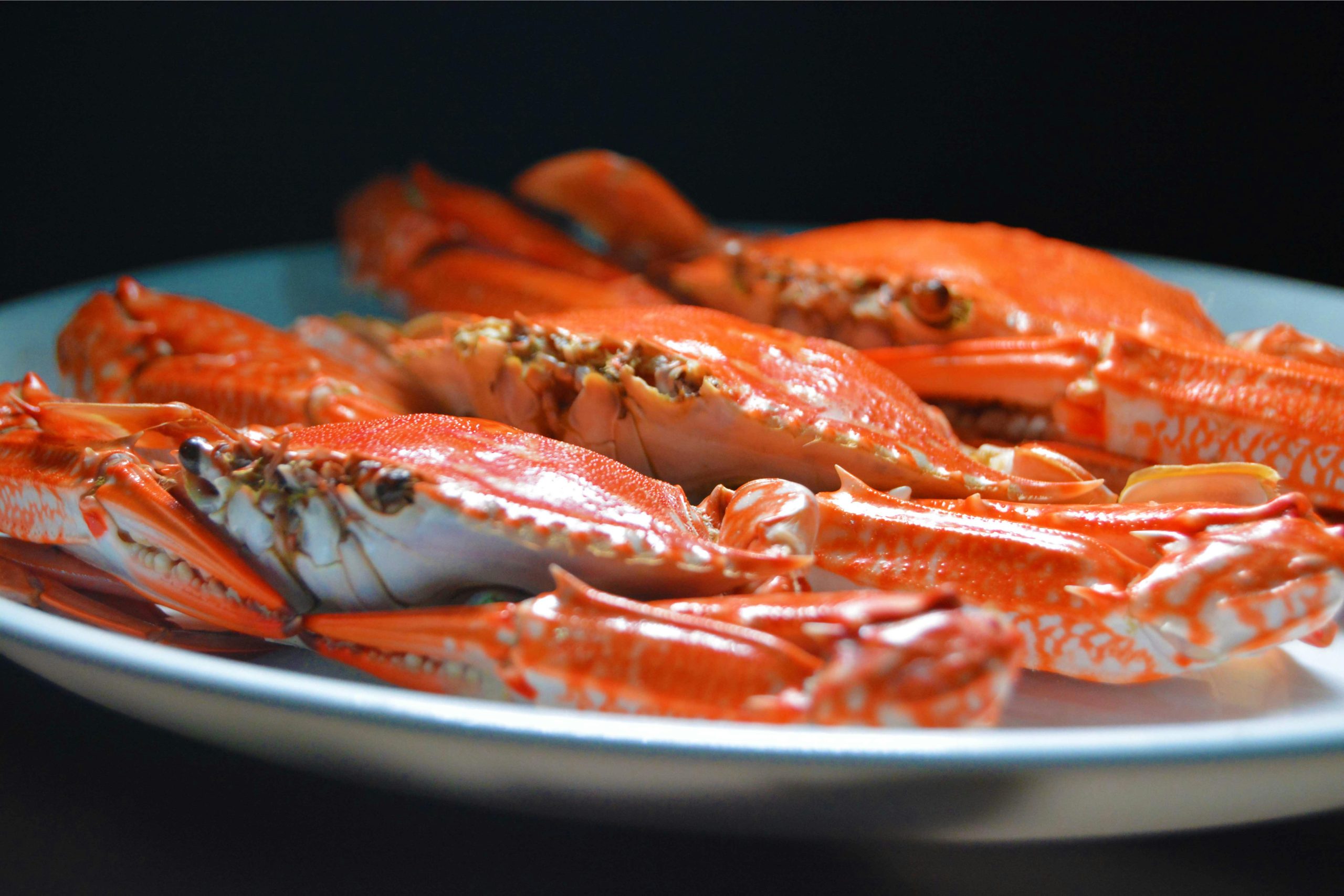The “fresh” seafood counter at the grocery store, with its glistening fish fillets arranged on a bed of ice, is designed to look like the catch of the day. However, the term “fresh” can be highly misleading in the world of seafood. Many of the products sold at the counter have secrets that the store would rather you not know, from their true age to their country of origin. By understanding these ten industry secrets, you can become a much smarter and safer seafood shopper.

1. “Fresh” Almost Always Means “Previously Frozen”
The vast majority of the “fresh” fish sold at a typical supermarket was frozen solid on the fishing boat and then thawed out to be displayed at the store. This is a common and perfectly safe practice, but the “fresh” label is deceptive. You are essentially paying a premium price for a thawed-out frozen product. In many cases, you are better off buying the fish from the frozen section yourself.
2. The Fish Might Be Artificially Colored
Some grocery stores sell tuna that has been treated with carbon monoxide gas. This process, known as “gassing,” prevents the fish from oxidizing and turning brown, giving it a deceptively vibrant, fresh-looking red color. This can make old fish look fresh, so you should always check for other signs of quality, not just the color.
3. The Fish Species Could Be Mislabeled
Seafood fraud is a massive global problem. Studies by organizations like Oceana have repeatedly found that a significant percentage of the seafood sold in grocery stores and restaurants is mislabeled. A cheaper fish, like tilapia, is often passed off as a more expensive one, like red snapper. This is a classic bait-and-switch that cheats you out of your money.
4. The “Local” Catch May Be From Across the World
Stores often use signs that say “Local Catch” or “Fresh Florida Shrimp” to appeal to customers who want to support local fisheries. However, these claims are not always true. Due to complex supply chains, the “local” fish may have been caught on the other side of the world, frozen, and shipped to a local distributor. You should always ask a knowledgeable fishmonger for the specific country of origin.
5. The “Fishy” Smell Is a Major Red Flag
Your nose is the best tool you have at the seafood counter. Genuinely fresh fish should smell clean, like the ocean or a cucumber. If the fish counter has a strong, pungent “fishy” or ammonia-like odor, it is a clear sign that the products are old and starting to decompose. You should turn around and walk away.
6. Farmed Salmon Is Often Dyed Pink
Wild salmon gets its iconic pink color from its diet of krill and shrimp. Farmed salmon, which is raised on a diet of pellets, would naturally have a grayish-white flesh. To meet consumer expectations, fish farmers add colorants like astaxanthin to the feed to dye the salmon’s flesh pink. This is a common practice that is not always clearly disclosed to the shopper.
7. The Ice Is for Display, Not for Preservation

The bed of ice that the fish sits on is primarily for marketing. It is designed to make the fish look appealing and fresh. However, if the fish is not properly buried in the ice, it may not be kept at the consistently safe temperature of 32 degrees Fahrenheit needed to slow bacterial growth. A good fish counter will have its fillets nestled deep in the ice.
8. Shellfish Might Be Dead
When you buy fresh, uncooked shellfish like clams or mussels, their shells should be tightly closed. If a shell is open, you can tap it lightly, and it should close. If it does not, it means the shellfish is dead and is not safe to eat. A good fishmonger should discard any dead shellfish, but you should always do your own check.
9. Scallops Are Soaked in Water
Some producers soak their scallops in a phosphate solution. This causes the scallops to absorb a significant amount of water, which makes them weigh more and appear larger and whiter. This is a deceptive practice that means you are paying a high price for water weight, and the scallops will shrink dramatically when you cook them.
10. The Best Fish Is Often in the Freezer Aisle
The highest quality fish is often the fish that was “flash-frozen” at sea just minutes after being caught. This process preserves the fish at its absolute peak of freshness, locking in its flavor and texture. In many landlocked states, the best and freshest-tasting fish you can buy is, ironically, the one that is still frozen solid in the freezer case.
Trust Your Senses, Not the Sign
Navigating the seafood counter requires a healthy dose of skepticism. You cannot always trust the marketing signs or even the appearance of the fish. The best strategy is to ask questions, use your senses, and build a relationship with a knowledgeable fishmonger you can trust. By being a more critical shopper, you can ensure that the seafood you bring home is truly fresh, safe, and worth the price.
Read More
When What Looks Like Salmon In The Seafood Section Isn’t Salmon
5 Stores That Will Cook Your Seafood For You
What are your best tips for buying fresh seafood? Have you ever had a bad experience with a grocery store fish counter? Share your stories and advice!
The post 10 Things Grocery Stores Won’t Tell You About “Fresh” Seafood appeared first on Grocery Coupon Guide.







